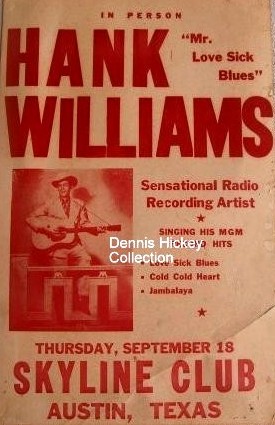 +
+ 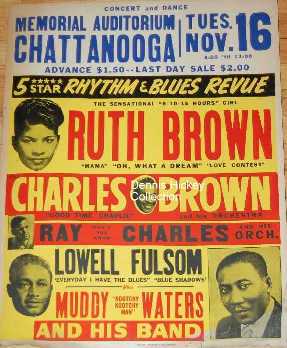 =
= 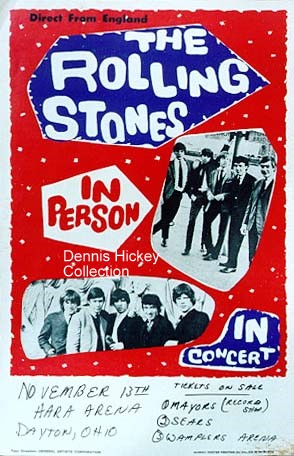
SEGREGATED ROCK
AND ROLL CONCERT POSTERS
FROM THE 1950S
Copyright
2011-2012: All Rights Reserved.
This website is for historical purposes only. All images
and source material used on this web site are in the
care and custody of
Dr. Dennis Hickey and may
not be copied, rewritten, or redistributed without written permission
Introduction: It may appear unbelievable today, but there was an ugly period in American history when much of our society was segregated along racial lines. The Supreme Court decision, Plessy versus Ferguson, upheld the practice of segregation in 1896, and established the so-called "separate but equal doctrine." As the years passed, vast swaths of America began to segregate public schools, universities, recreation areas and other public facilities. Privately owned facilities also became segregated. Most often, these establishments were separate, but unequal. The battle to end segregation proved to be a long and hard one. Organizations such as the NAACP, CORE and SNCC played a prominent role in the fight to end such discrimination. And dynamic leaders, such as Dr. Martin Luther King, Jr. emerged to lead the battle.
In the
1950s, two music forms--rhythm and blues and country and western music--merged
to create what became known as rock and roll (see Figure One below). When Elvis Presley's first
recordings on Sun Records were released (1954-55), many radio listeners thought
he was an African-American singer. And when records by performers like
Frankie Lymon and the Teenagers were played on the radio, many listeners thought they
were white. Soon, singers who were considered "safe" by parents--like Pat
Boone--began to make a living by recording or "covering" music by
African-American rock legends such as Little Richard.
FIGURE ONE: C&W PLUS R&B EQUALS ROCK AND ROLL
 +
+  =
= 
To be sure, rock and roll had a strange beginning in the USA. But it was a strange time. And rock and roll represented an especially odd problem for authorities seeking to enforce segregation. After all, both black and white kids liked rock and roll music and both black and white performers became genuine rock and roll stars. Consequently, some communities segregated the rock and roll concerts of the era.
The rock
and roll posters below show how one community sought to maintain segregation
despite the rapidly changing social fabric of our nation. During the 1950s,
Bluefield, West Virginia, was a thriving coal mining town with a population of
roughly 25,000. The local auditorium became a popular venue for the big rock and
roll shows as they passed through town. At times, a rock and roll concert
was deemed to be for white audiences. In these instances, the whites would be
seated
on the main floor of the auditorium, while the blacks sat in the balcony.
In other instances, however, the concert was declared to be for black audiences
and the seating arrangement was reversed! In both cases, music
patrons entered the auditorium separately and often used different doors.
In other cities, however, different arrangements were adopted. For
example, some music venues would hold two separate shows--one for whites and one
for blacks. In still others, a long rope would be extended across the
floor of an auditorium to separate the audience. As might be expected, when
the rock and roll acts really began to rock, ropes would get torn down,
audiences would mingle and the local authorities would panic. In fact,
some political and religious leaders sought to ban rock concerts altogether
(integrated or segregated) because kids would jump our of their seats, dance in
the aisles and get "out of control." Efforts at "crowd control" infuriated
fans and sparked riots in the 1950s (a particularly big riot
occurred during a concert organized by Alan Freed in Boston on May 3, 1958 and
prompted the US Congress to investigate the music industry).

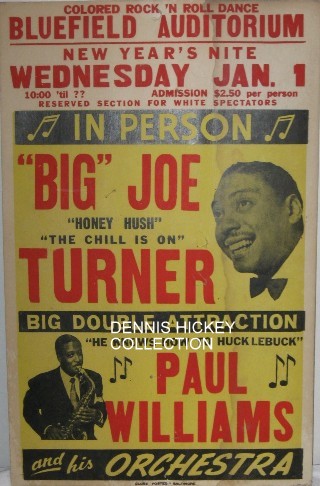
The New Year must have
started with a "Big Bang" in Bluefield on January 1, 1958.
This poster promotes a concert by Big Joe Turner.
Like other posters on this site, it promotes a segregated show.
In this instance, it is an African American concert and
the whites must sit in the balcony.
As it happens, Big Joe was an incredible performer who
recorded the single, "Shake, Rattle and Roll," before it was
"covered" by Bill Haley and the Comets.

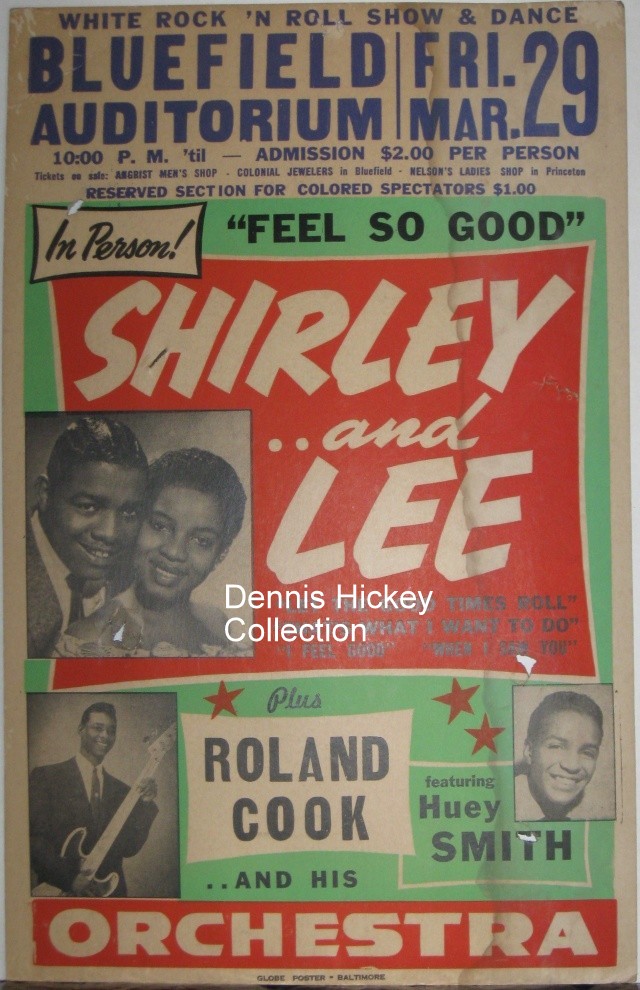
This concert was held on
March 29, 1958.
This show--featuring all African-American performers--is promoted as
a "White Rock 'N Roll Show & Dance."
Note that there is a "reserved section" for African-Americans (the balcony)

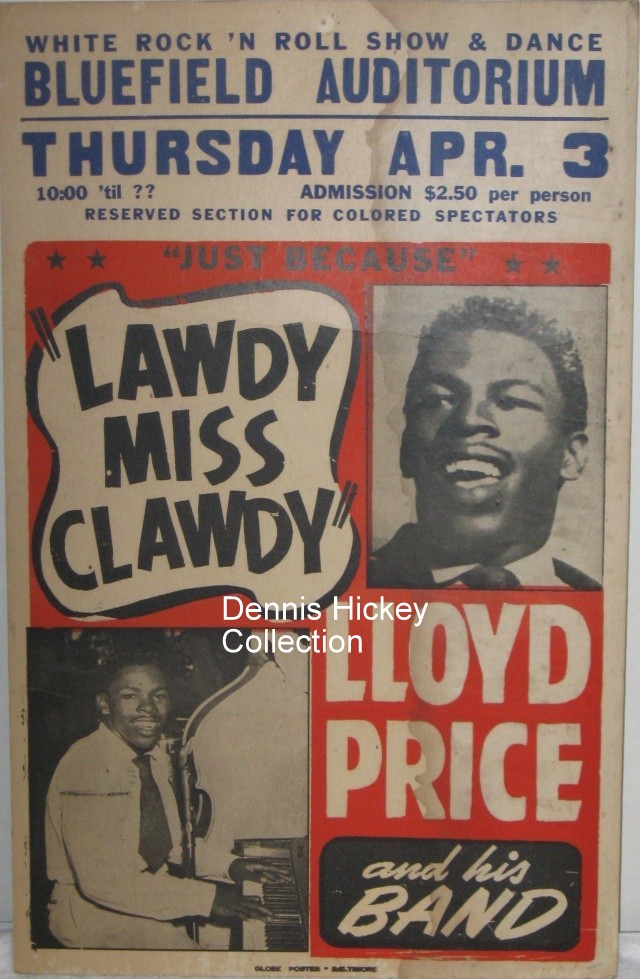
This is yet another "White"
concert featuring African-American performers.
Once again, the races are separated at the show.

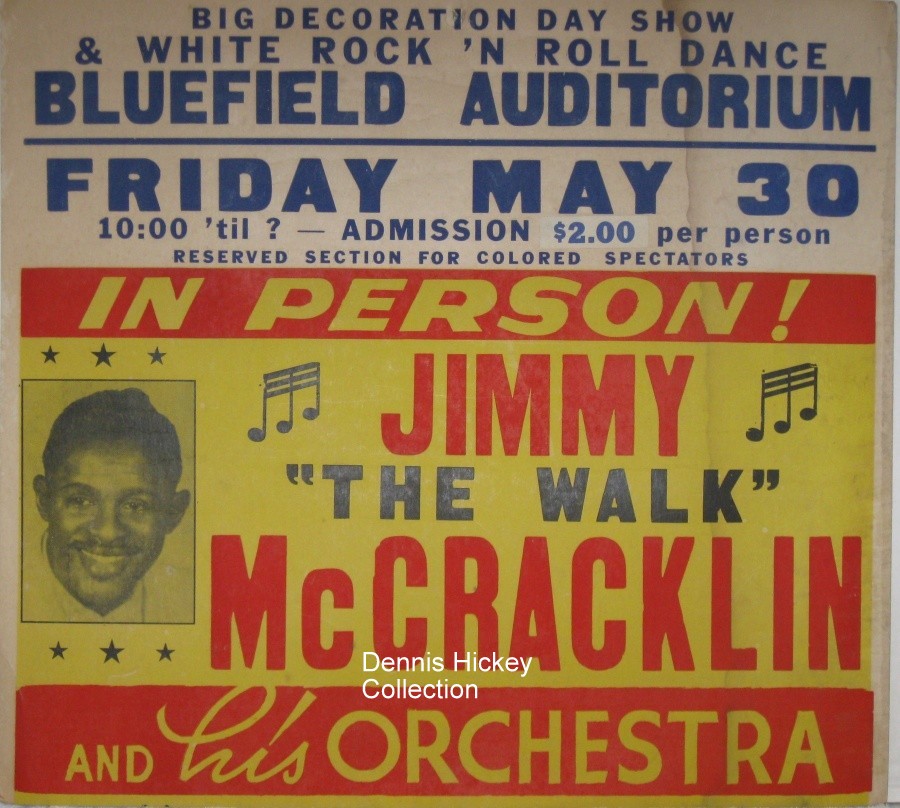
The bottom portion of this
poster went missing a long time ago.
What remains, however, provides us with tangible evidence of
yet
another segregated "White Rock 'N Roll Dance"
featuring African-American stars and separate facilities

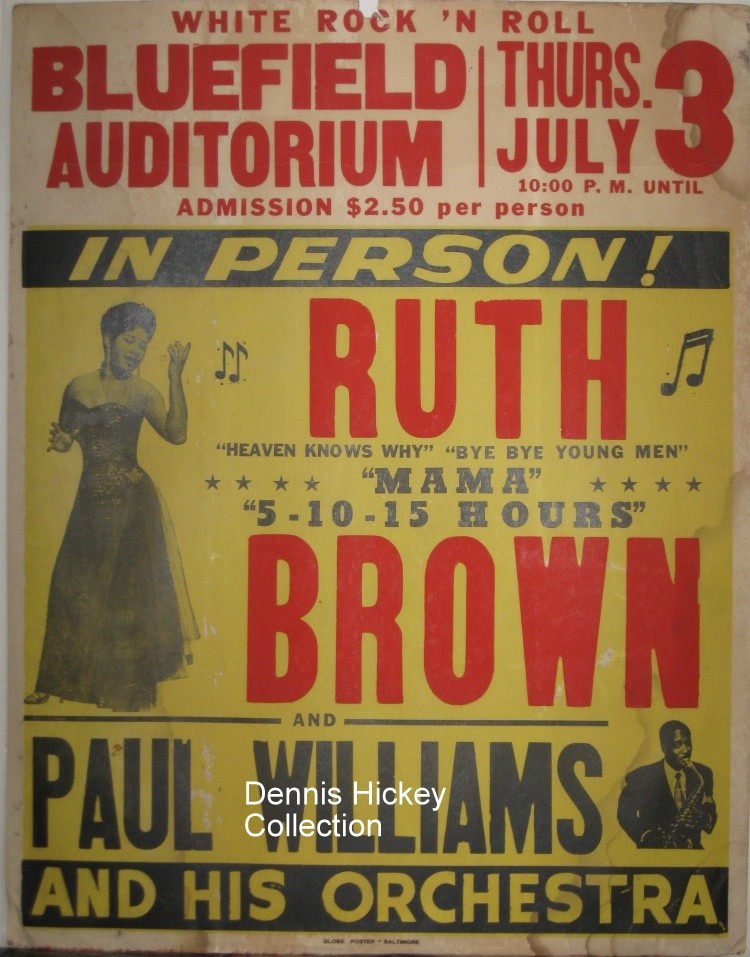
Ruth Brown toured
tirelessly in the 1950s.
Her singles on Atlantic Records put her at the top of the music charts.
Here she is performing at show promoted as "White Rock 'N Roll"
in Bluefield on July 3, 1958.

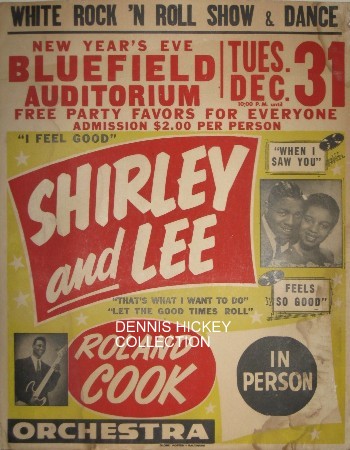
Shirley and Lee
returned to Bluefield
on New Year's Eve in 1958 for this
"White Rock 'Roll Show & Dance."
It appears the year began with a segregated show
and ended with one.

BACK TO BOXING STYLE CONCERT POSTERS
CASH FOR CONCERT
POSTERS!
PLEASE EMAIL DR. DENNIS HICKEY
IF YOU
HAVE ANY POSTERS FOR SALE.
